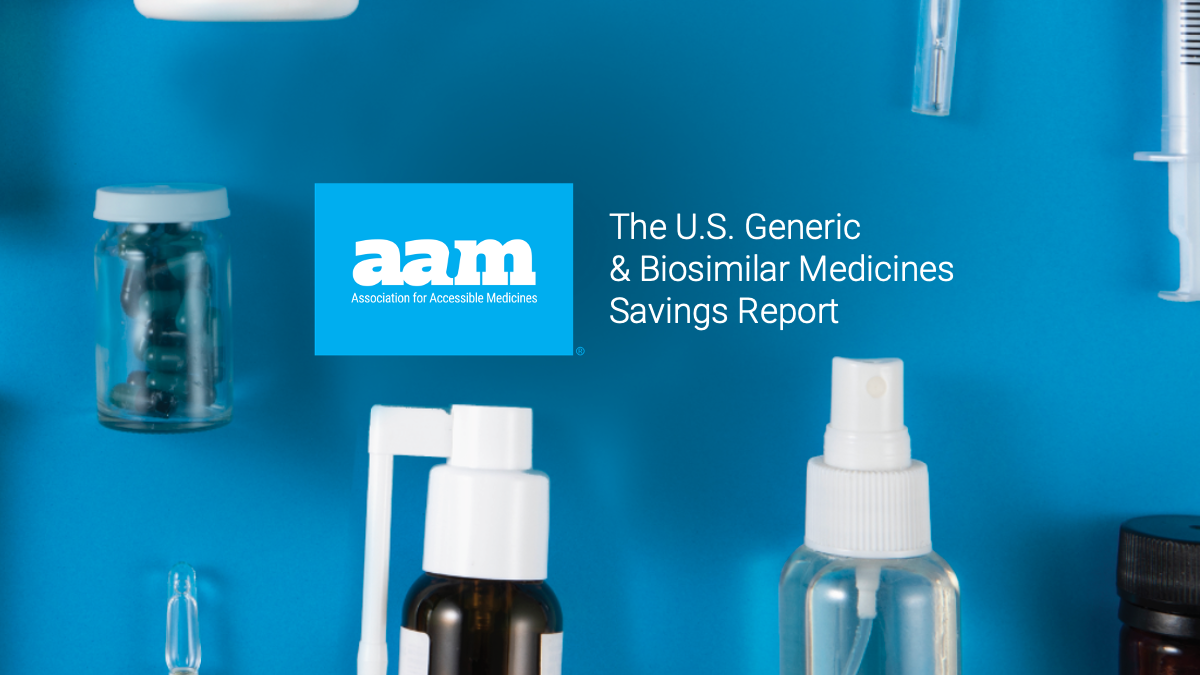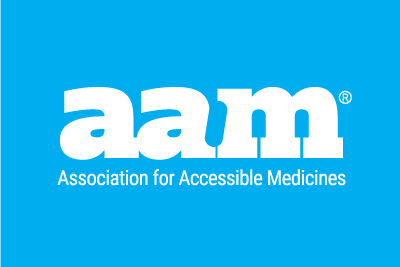Learn More About the Four Types of State Drug Policy Bills
- Drug Price Transparency
- Drug Take Back and Disposal
- Rate-Setting
- Patent Settlements
Generics and Biosimilars Industry Presentation for State Legislators 
Your Questions Answered
What effect do generic drugs have on health care spending?
Generic and biosimilar prescription drugs drive savings for patients and taxpayers. In 2019 alone, generic prescription medicines saved the U.S. health care system $313 billion — and a whopping $2 trillion in the past 10 years. According to a December 2019 Health Affairs study, “Greater use of generic drugs in 2018 put downward pressure on prices.”
Read more in AAM 2021 U.S. Generic and Biosimilar Medicines Savings Report
So what’s behind rising drug prices?
Brand-name drug prices continue to rise faster than inflation. In 2016, brand drugs accounted for only 10 percent of prescriptions dispended, but more than 74 percent of total spending. Conversely, generics made up 90 percent of prescriptions, but only 23 percent of spending.
How does the generic prescription drug market differ from the brand-name market?
Generic manufacturers deliver large volumes of low-margin products and regularly adjust prices up and down to react to market conditions. Generics are extremely susceptible to minor market changes, including new regulatory reporting requirements. The hypercompetitive and rapidly changing nature of generic drug markets leaves generic drugs particularly vulnerable to drug shortages. The highly competitive generic market has more than 200 manufacturers and only three primary purchasers who leverage their power to keep prices very low. The nature of competitive generic markets can prevent generic manufacturers from raising prices to reflect changing demand or increases in manufacturing costs for products. This results in a dynamic landscape in which manufacturers regularly enter and exit markets as conditions change.
What role do pharmacy benefit managers (PBMs) play?
Unlike brand manufacturers, which sell to pharmacy benefit managers (PBMs) and negotiate formulary placement based on rebates, generic manufacturers sell to wholesalers. Three large wholesale/pharmacy buying consortia control more than 90% of the market for generic drug purchasing. They then sell those drugs to pharmacies – with pricing and distribution outside the control of manufacturers. Wholesalers also generate revenue from sales to pharmacies and fees related to other services provided to customers. Like any other supply chain market, wholesalers can capitalize on price fluctuations – especially those in the generic market. The price a patient pays for a generic drug is affected not only by pricing markups by the wholesaler and pharmacy, but also by insurance copay and formulary design choices made by insurance plans and PBMs.
What is the economic impact of the generic pharmaceutical industry?
AAM members provide more than 36,000 jobs at nearly 150 facilities and manufacture more than 61 billion doses of prescription medicines in the United States every year.
More Resources
Interactive U.S. Savings Map: See how savings in your state compare to the rest of the country
Generic Medicines: Answers to Your Questions about Safety and Effectiveness



